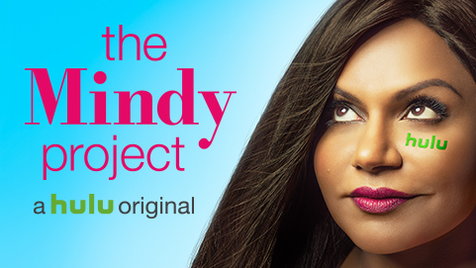
Author: raynasundberg
Week 14: Representations of Trans/Gender and Sexuality
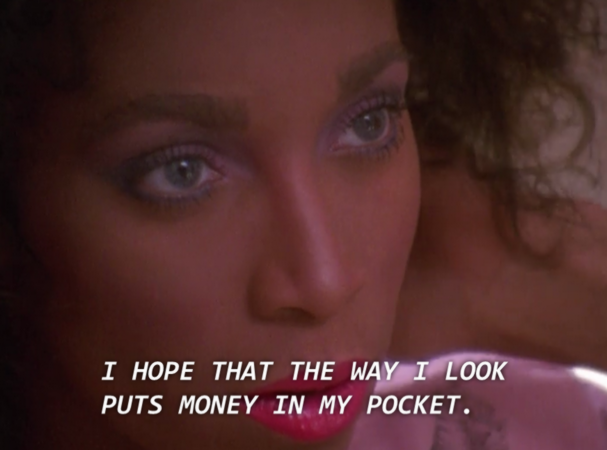
“For in many ways the film was a graphic documentary portrait of the way in which colonized black people (in this case black gay brothers, some of whom were drag queens) worship at the throne of whiteness, even when such worship demands that we live in perpetual self-hate, steal, lie, go hungry, and even die in its pursuit. The “we” evoked here is all of us, black people/people of color, who are daily bombarded by a powerful colonizing whiteness that seduces us away from ourselves, that negates that there is beauty to be found in any form of blackness that is not imitation whiteness. ” (hooks, 1992. Pg. 149)
I chose this picture because in the documentary, Paris is burning, Octavia Saint Laurent worships the throne of whiteness. She believes that the only way to happiness is through looks and material goods. On her wall she displays images of white women in hopes to be like them, to acquire their beauty. Octavia is obsessed with her image and how it is going to take her to certain places in life.
Week 13: Women of Color and the Racialized Human Body in Popular Media
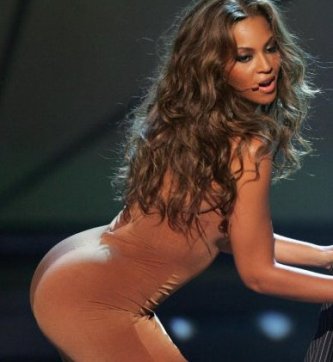
“Other than hairstyle, the hip hop booty defines classed femininity in music videos featuring Beyonce´. While colonial discourses suggest that all Black women are promiscuous, the hip hop booty has been reassigned to working class Black women
specifically. Rap modifiers about the booty as junk, ghetto, bubble, big, or bootylicious not
only assess its physicality, but also its value and the spatial location for women who possess
that body type (read: ghetto). To call attention to a sexual sign already imbued with racist
discourses of hypersexuality is, in the words of Destiny’s Child, classless” (Durham, 2011. Pg. 41)
I chose this picture because other than hair, black women are often defined by their butt. The larger the butt the better. These ideas though have racist undertones as a large butt is often attributed to licentiousness which is not seen as something someone with class would do. These ideas often go hand in hand with hyper sexualization of large butts. Even though large butts are not seen as classy, in the hip hop world the bigger the butt you have the more value you have as a woman.
White Privilege and Donald Trump’s Campaign
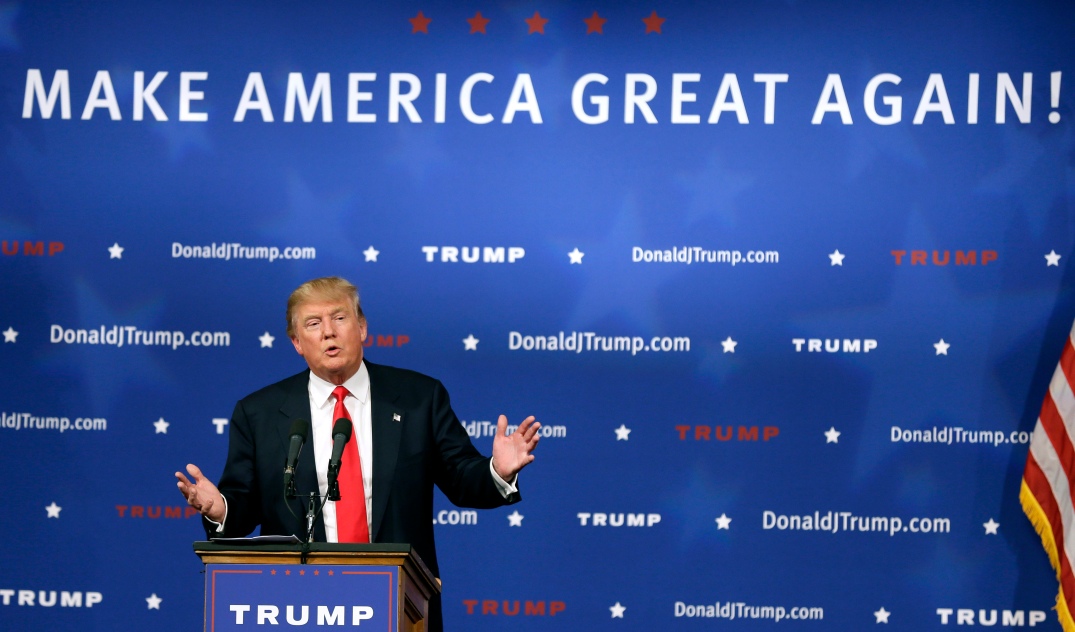
With one of the most ferocious presidential races happening right before our eyes, Donald Trump’s campaign stops nothing short of extraordinary. With his flagrant personality and unfiltered mouth, Trump’s campaign is teeming with white privilege. The platform on which Trump’s campaign relies heavily upon is that of his anti-immigration policies against Mexicans and Muslims. The beginning of Trumps campaign started with his unrestrained views on Mexican immigration and his plan to build “a wall.” Threatening deportation of millions of immigrants, Trumps campaign excludes any person of color, in an almost white supremacist type of way.
Trump’s policy on Mexican and Latin American immigration shows major undertones of his racist ways. Labeling all Mexicans as criminals and rapists, Trump lumps a whole culture and race together in an extremely negative and derogatory stereotype. He associates one type of people with crime and drugs, all based upon stereotypes often portrayed in the media. When Trump says these disparaging things he is further engraining these types of ideas into peoples minds. He is strengthening ideas that people of color are connoted with crime and drugs. Thus saying, that ultimately, White people are a more supreme race because they are not associated with these types of negative imagery.
When speaking about President Obama, the nation’s first African American president, Trump labels him as not one of us. But Trumps meaning of “us” is white America, not the diverse nation as a whole. Trump then calls out Obama’s legitimacy as an American by questioning his birthplace and therefore questioning his rightful merit of the presidency. Trump would have never questioned another mans legitimacy as president had that person person been white. While technically, almost all Americans are immigrants in this country, except for Native Americans, who happen to also be people of color, not white. “When I am told about our national heritage or about “civilization,” I am shown that people of my color made it what it is” (McIntosh, Pg.2). Much of America’s history has been dominated by the white scope. The accomplishments made have all been accredited to those of mostly European decent. While immigration of the founding fathers may have been before the immigration of certain groups that have a darker complexion, those of European decent, including Trump and his ancestors, are all immigrants no matter what history books might have to say about it. Much of history is painted in the white view on accounts of white accomplishments, leaving others to look as if they have done nothing in the making of this country. Having the privilege of white skin allows Trump to disregard the fact that we are all immigrants into this country, while only labeling those who may look different as outsiders.
Trumps anti-Muslim campaign is also very controversial due to his stance on immigration. Planning to ban all Muslim’s coming into the United States, Trump also is an advocate for surveillance of Muslims already in the country. Both of these things, if taken into effect, are extremely unconstitutional and go against all that America was built upon; the idea of the American Dream and freedom. Yet under Trumps ideals, these things can only be accessed to those who are not people of color, they have to be handed on a silver platter. How much of Trumps life was spent, with white privilege. “But since the terrorist attacks of September 11 and the wars in Afghanistan and Iraq, Arabs and Muslims, two groups virtually unknown to most Americans prior to 2001, now hold the dubious distinction of being the first new communities of suspicion after the hard-won victories of the civil rights era.” (Bayoumi, pg. 3) Since 9/11, Muslims have been seen as the enemy and Trump’s campaign does not stop short in instilling those ideas among the American people. He often denounces them even as human beings, in a way that almost resembles Hitler’s anti-Jewish policies. In doing so, Trump promotes the idea that Whites are better, and could never commit such a heinous act as Muslim terrorists do. But Trump does not understand that they cannot be confined to one stereotype of an extremist group, as Christians are not confined to all the ideas of the KKK, a notoriously Christian group.
Works Cited
Moustafa Bayoumi, “Preface,” in How Does It Feel to Be a Problem?: Being Young and Arab in America. Penguin, 2009.
McIntosh, Peggy. “White Privilege: Unpacking the Invisible Knapsack.”
East Asian Representations as Seen Through Long Duk Dong
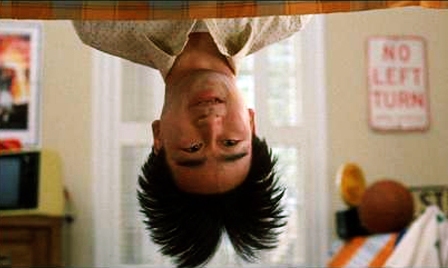
Many of the films produced by Hollywood and the film industry portray stereotypes derogatory to all different kinds of people. There is a lack of understanding and misrepresentation in almost all movies starring people of minority races. One of these horrible misrepresentations can be very clearly seen in the character of Long Duk Dong in Sixteen Candles (1984). As an extremely popular movie that grossed more than $23 million in box office sales, and a key movie in that of 1980’s teenage culture, the movie portrays Long Duk Dong, a Chinese foreign exchange student, in ways that are disgustingly cruel and blatantly racist.
The first appearance of Long Duk Dong in the movie is when he appears hanging upside down from a bunk bed, ogling at the female protagonist, Sam. It is here where he goes on to say “What’s happenin’, hot stuff?” During these lines, the audience is shown someone of a different culture and race trying to fit in with the rest of white society. Although, his first conversation piece is a complete failure at assimilation, the audience now knows that he does not speak proper English and cannot make simple conversation without being awkward. In this scene he is trying to connect and say hello to Sam, yet it goes completely awry, drawing major differences from white culture to that of the “other.”
A major problem with Long Duk Dong is his relationship with Marlene who is known as “Lumberjack.” “Interracial sexuality becomes an element of this stylistic mélange, a contrast in color, rather than either a liberal call for reform or a conservative demand for exclusionism” (Marchetti, 1993, Pg. 203). Due to their interracial romance, it can be seen as a highlight of exclusionism. Their relationship emphasizes the fact that Dong is different. He does not have a typical and traditional American relationship as gender roles are switched between him and Marlene. Dong is emasculated throughout their entire relationship onscreen due to size and personality differences. Marlene is very large and is made to seem very masculine both physically and in her personality traits. She leaves him to look tiny, being feminized by her dramatization of masculinity. While there is nothing wrong with the idea of gender role reversals, the way that the film portrays their relationship is to make fun of them and for laughs. Through their relationship Dong is seen as very feminine, thus implying that he is weak. As Dong and Lumberjack embrace, he is small as she is cradling him, minifying him literally and metaphorically. The relationship between Marlene and Long Duk Dong reasserts the stereotype that Asian men are emasculated and feminine.
Every single time Long Duk Dong is shown on the screen during the film there is the sound of a gong being played. This is extremely offensive because it stereotypes all Asians into one culture. When seeing Dong appear on the screen, the sound of the gong is loud and not easily missed. This sounding of the gong every time Dong is shown is almost as if the movie is trying to alert the viewer that Dong is different than all of the other characters, as he is the only character with a distinct sound every time he appears. Like there is a bell going off to say “Hey here is someone who is different than us!” The bell only going off on Dong creates a distance between him and other characters because there is no music or certain tone that chimes when another character is seen on screen. The tone is seen as foreign to Americans and leaves an indelible mark on Dong showing that he is different from everyone else.
The most insulting scene in the whole movie is when Dong is passed out on the lawn from drinking too much the night before. He is the only one who could not handle himself and get home. This separates him from rest of the characters showing that he cannot even handle himself and get home after he may have drank too much. While on the lawn, Dong is seen wearing a kimono, a traditionally Japanese garment. Dong is not Japanese; he is Chinese, showing that the film did not even care to give Dong a certain Asian identity. “Thus, Asians and Asian Americans are understood in the US media to be interchangeable, having no unique qualities worth mentioning, and so they often find themselves having no choice but to play roles of Asian ethnic groups other than ones most aligned with their own ethnic and cultural experiences” (Ono, Kent and Vincent Pham, 2009. Pg.48). This quote explains the why Asian American actors are subjected to roles that stereotype and lump all Asians into one category, not allowing for any differences between different cultures. Also showcasing the stereotyping of Asians in Sixteen Candles, Dong’s name is a typically Vietnamese sounding name, not Chinese, further aggregating all Asian cultures into one stereotype depicted through Long Duk Dong. He is just lumped together will all other East Asian cultures and does not have identity of his own. During this scene, while passed out on the lawn, his White host family finds him and tries to figure out what happened to him. Dong, still drunk, cannot speak proper English and reverts to talking not in words but in grumblings and sounds. This portrays Dong as someone who cannot even make up simple sentences. Eventually a White woman kicks Dong while he is on the ground and calls him “a little scuzzbag.” Pointing out that he, a Chinese man lumped into one Asian culture, is not nearly as good and inept as Americans through his dress, speak, and overall demeanor.
media: https://www.youtube.com/watch?v=9qwBuBCTKTU
Week 12: The Meaning of Whiteness
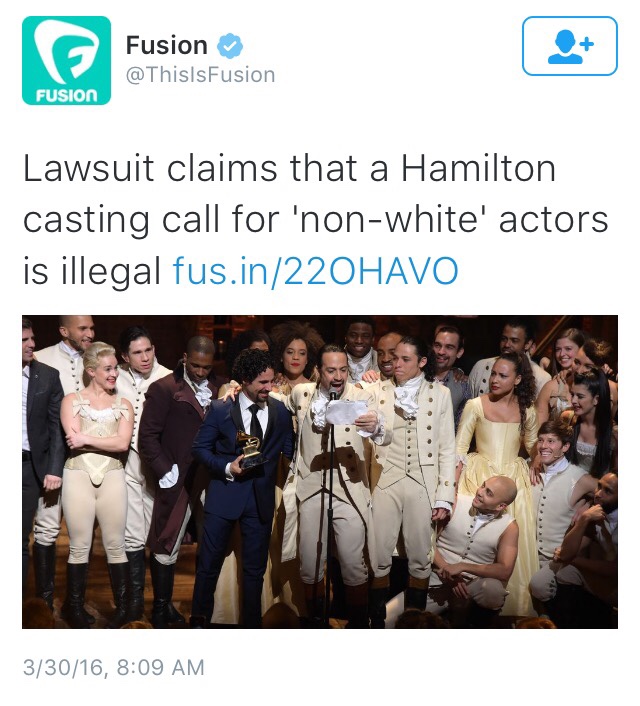
“The silences and denials surrounding privilege are the key political tool here. They keep the thinking about equality or equity incomplete, protecting unearned advantage and conferred dominance by making these taboo subjects. Most talk by whites about equal opportunity seems to me now to be about equal opportunity to try to get into a position of dominance while denying that systems of dominance exist.” (McIntosh, Peggy. 1989. Pg. 5)
I chose this picture because it shows the true colors of white privilege. Hamilton, the musical, had an open casting call for women aged 20’s and 30’s and non white. Some deemed this to be racist. While many people of color are left out everyday during casting calls all around, the minute a white person is left out they feel that it is not right and that everyone should be equal. Often denying white privilege even exists, this just shows how much it actually does. Feeling threatened by the loss of one musical, white people feel that their dominance in the acting world may just be slipping away with this one loss of a call. While they often call for equal opportunity among all races, the minute a white person is left out it is racist, while things like this happen to people of color all the time!
Week 11: Arab and Muslim Representations
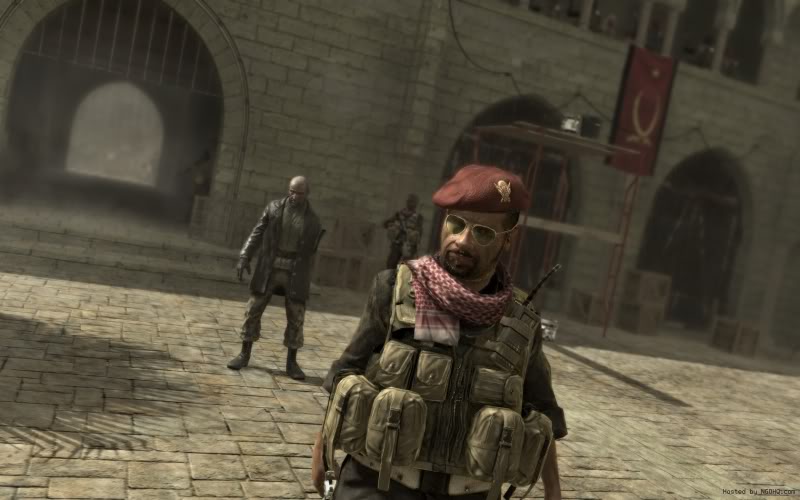
“But their media stereotypes have ranged from villainous sheiks, to violent thieves, to exotic ‘belly dancers’ to wealthy scions of the desert, and worse, to purveyors of sinister acts of terrorism… But the 21st-century versions have generally shifted into more brutal and sinister characterizations” (Wilson, Chao, Gutierrez, 2013, pg. 63)
I chose this photo because in call of duty 4 the enemy is seen as Arab people. Not one single person on the other side is seen acting rationally. In video games like this they are portrayed as war hungry lunatics that care for nothing. These images can hurt those who do not identify with this, which are the majority of Arab people. These games, often played by young people instill the idea that they are the enemy and they will do anything for war and violence which is simply not true.
Week 9: East Asian Representations
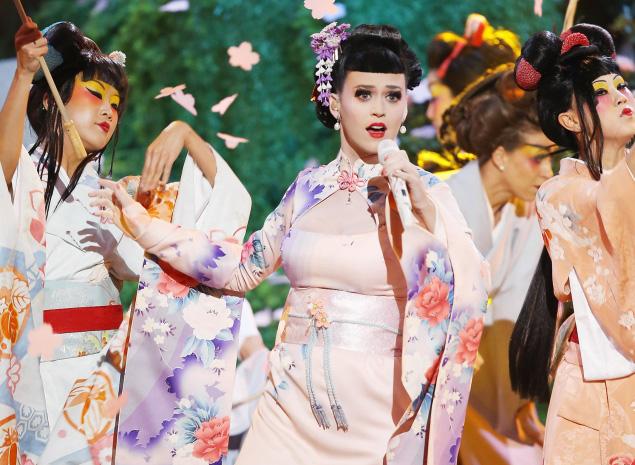
“While perhaps seeming to invite and embrace inclusion of Asians and Asian Americans, yellowface ensures the distancing and ultimate abnegation of them. By not attributing any specificity to Asian Americans, yellowface is ambiguous and aggregative. It helps white viewers feel comfortable and simultaneously be at ease with something they understand to be a diametrically oppositional other, quintessentially alien and inscrutable. Inscrutability is an effect of structural yellowface, the denial of Asian American subjectivity and complexity, which provides no insight into lived realities and experiences.” (Ono, Pham, 2009. Pg. 60)
This is a photo from Katy Perry’s 2013 American music awards performance. Here she performed her single, unconditionally, while in yellowface. As a white woman dressed in traditional Asian clothing, a kimono, she is strengthening stereotypes on a show that is broadcasted and viewed widely. Perry dressed up as a geisha, whose job is to solely entertain men. Through her performance she is exoticizing Asian stereotypes, while strengthening fetishes. The song also reinforces stereotypes with lyrics like “I will love you unconditionally” encouraging that Asian women are submissive and defenseless.
Representations of Blackness
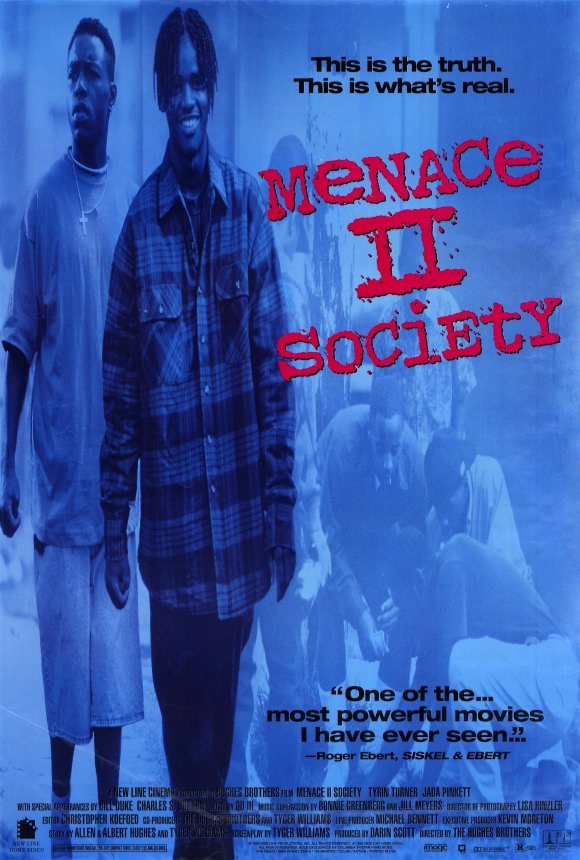
“The idea of South Central became the lens through which much of the outside world understood blackness in the late twentieth and early twenty-first century. And this development became a source of ongoing personal struggle for black actors hoping to work in Hollywood.” (Yuen, 2010, pg. 233)
With the success of movies like “Boyz N The Hood” many films began depicting life in South Central Los Angeles. “Menace II Society” was produced shortly after and showed a lifestyle extremely different to what a lot of people experience. After this movie, many people began to stereotype that all black people lived in this “ghetto” way. This ultimately hindered the roles given to blacks. They were all cast as the stereotypical “ghetto” person. Even though they may not have been anywhere near brought up in that same way, because of their skin color, these were the roles they were confined to.
Week 7: Latina/o Representations
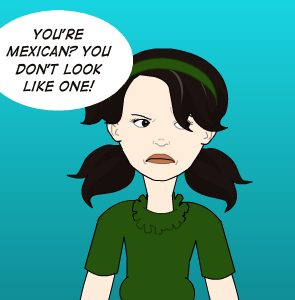
“While inside and outside of Latinidad, some scholars and many in popular culture reduce the category “Latina/o” to the “brown” race, and indeed many of the previous generation of Chicano scholars celebrated the “bronze” color of this segment of the population, the fact is that Latina/os come in all racial, religious, and nation of origin combinations, which in turn means the entire spectrum of skin colors.” (Angharad, Valdivia. 2010, pg.19)
I chose this photo because many Latinos are stereotyped on the basis of their skin color. If you do not look “brown” many people will not consider you to be of certain Latino race. Because so many people think that Latinos are dark and brown based on the imagery seen in the media, they do not see that Latinos come in all colors of skin. Being someone who does not look typically “Mexican”, this relates to me a lot. As if my skin color makes me lesser of a Mexican because I do not look like how they are portrayed in the media. Racially, I am very ambiguous, and people are always shocked to see what my heritage is because of the way that I look.